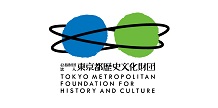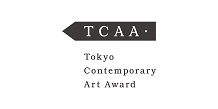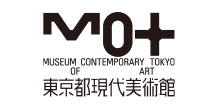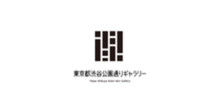Stasis Field
- TOP >
- Archives >
- Exhibitions / Performances >
- Stasis Field
Stasis Field
ACT (Artists Contemporary TOKAS) Vol. 2
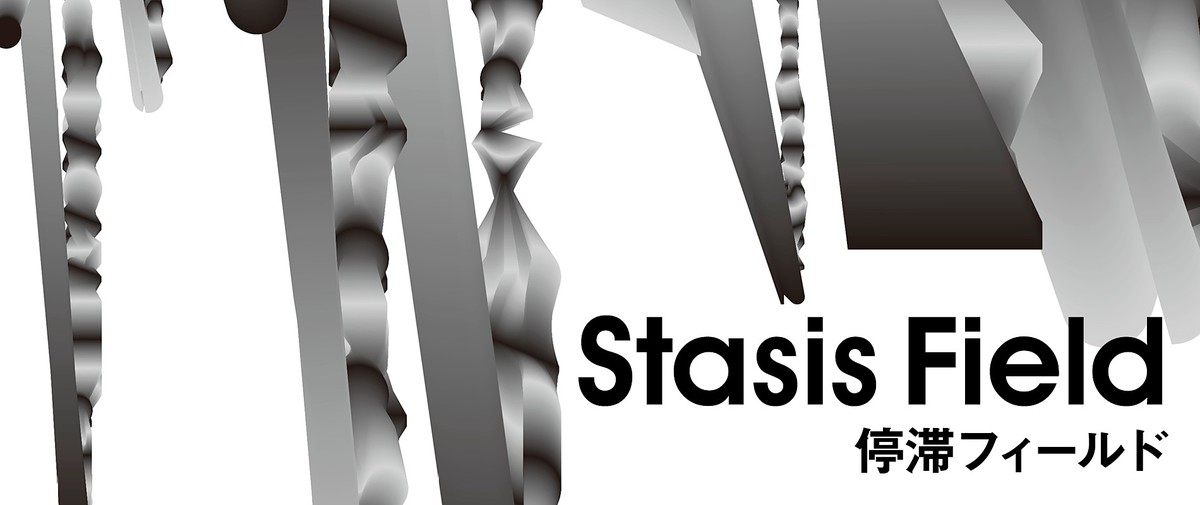
About the Exhibition *Closed from 2/29 (Sat)
TOKAS has supported artists in a multi-career-stage and continuously supportive program through endeavors such as open call exhibitions, exhibitions of contemporary artists, and international fellowships. It has also conducted programs to introduce these artists’ activities. In the Artists Contemporary TOKAS (ACT) series launched in 2018, exhibitions will be held to introduce artists who are worthy of attention now, centered on those that have taken part in TOKAS programs.
“Stasis field” is a term that has been used in science fiction novels and games, to refer to an area in which time seemingly stands still or is significantly delayed, and contents appear motionless. Due to the standstill and crystallization of time in a stasis field, objects in that area are in a state where they can be closely observed, or slowed down to such an extent that their shapes appear distorted. Experiences we make in such special kinds of situations may function as turning points that changes existing ideas and previous perceptions.
In their works, the three artists featured in this exhibition stop or delay time in order to make it observable from their own respective points of view, and produce works of art in which they actively respond to and creatively express the differences, shifts and distortions that result from such temporal stagnation. In times when social life is increasingly dominated by the acceleration and quick processing of all kinds of matters, this exhibition is an attempt to introduce “stasis fields” in order to transform spaces and perceptions.
| Title | Stasis Field |
|---|---|
| Date | 2020.2.22(Sat) - 2020.3.22(Sun) |
| Closed | 2/25, 3/2, 9, 16 |
| Time | 11:00 - 19:00 |
| Admission | Free |
| Organize | Tokyo Arts and Space (Museum of Contemporary Art Tokyo, Tokyo Metropolitan Foundation for History and Culture) |
| Venue | TOKAS Hongo |
| Artists | TANAKA Shusuke, HIROSE Nana & NAGATANI Kazuma, WATANABE Go |
| Cooperation | ANOMALY |
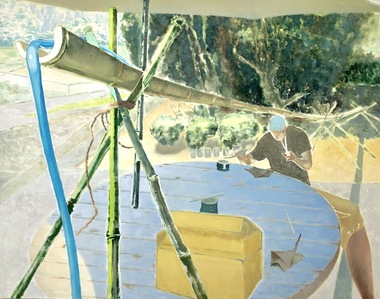
TANAKA Shusuke
Born in Wakayama in 1986. Lives and works in Osaka. Graduated from Osaka University of Arts, Art department of oil painting course in 2009. Recent exhibitions: “I try to forget,but I can't remember”(Borderless Art Museum NO-MA, Shiga, 2019), "Kiyosu City Haruhi Painting Triennale Artist Series Vol. 87 Tanaka Shusuke" ("Kiyosu City Haruhi Art Museum, Aichi, 2018), “TWS-Emerging 2016: Section of the circle” (TWS Shibuya, Tokyo), etc.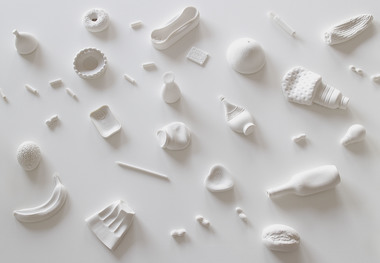
HIROSE Nana & NAGATANI Kazuma
Born in Osaka in 1980 (Hirose), born in Hyogo in 1982 (Nagatani). Since 2007 live and work in Germany. Graduated with a BFA from Kyoto Seika University in 2005 and a MFA from University of the Arts Bremen in 2014., (Hirose). Graduated with a BFA from Kyoto Seika University in 2004 (Nagatani). Recent exhibitions: "Out of the Ordinary" (Ulm Art Foundation, Germany, 2019), "Echigo-Tsumari Art Triennial" (Niigata, 2018), etc. Participated in “TWS Research Residence Program 2017.
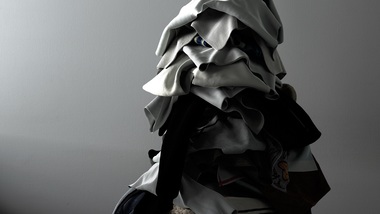
WATANABE Go
Born in Hyogo in 1975. Lives and works in Tokyo. Graduated with a BA in Fine Art from Aichi University of the Arts.
Recent exhibitions: “Azamino Contemporary vol. 8 "Go Watanabe / dislocation" (Yokohama Civic Art Gallery Azamino, 2017), "light difference -face III-” (URANO, Tokyo, 2017), etc.Artist Statement
■TANAKA Shusuke
When taking a look around, I see a jumble of myriad things that, while each maintaining its own individual directivity, make up the scenery that eventually appears before my eyes. This process is continuously updated, and it never happens that the same scene is repeated.
Without even understanding what exactly these clear yet vaguely endless sceneries show, I observe them closely and rapidly in order to find clues for grasping what I see. What I get, however, is only the sum of shapes, colors and depth, which makes me aware of my inability to understand, and the discrepancies between the answers that I seek and those offered by the sceneries I look at.
The original scenery is continuously updated, leaving me with the information I have of its previous appearance while transforming itself into something new.
The same scene will never repeat itself, and of course I don’t have the necessary skills for reproducing it as it was. The logical consequence of this is the attempt to “become” the respective scenery. For myself, the act of painting represents my own approach to this “embodiment.”
Painting is something that I do with all of my body, from which signs of my own clumsiness such as shaky hands and drawing errors emerge in the process. It is through the act of forcibly squeezing the objects – those clear yet vaguely endless sceneries – into the limited space of a canvas that discordances emerge. These discordances correspond with the clumsiness and the discrepancies that I become conscious of when facing a scenery in front of me, and ultimately demand the act of embodiment.
The embodied scenery eventually comes to terms with the scenery of which I don’t even know what it shows me, and only then it is updated into a scenery that indicates something intelligible.
■HIROSE Nana & NAGATANI Kazuma
“Where exactly do we stand? What kinds of things do we perceive from there, and how?”
Since relocating to Germany in 2007, we have been traveling from one city to another, moving from Berlin to Bremen, Düsseldorf and Ulm.
During that time, both Japan and Germany, as well as a lot of other places around the world were shaken by all sorts of disasters and conflicts that have been depriving us of our daily routine. Countless refugees are surging into Europe, and while facilities for accommodating them are built in the neighborhood, nationalist sentiments are growing at an increasing speed, and the EU’s dream of a unified Europe is gradually deflating.
With all these irritations of our everyday lives and values, we are confronted with a reality that is much more complicated than it seems, and with matters that are impossible to simplify or discuss from one single perspective.
Against such kind of backdrop, it is our intention to look again at our own situation – where exactly we stand, what kinds of things we perceive from there, and how – and question existing values and views of familiar things, by consciously incorporating such topics into the works we create.
■WATANABE Go
I’m sitting on a sofa, from where I look across the room. Slightly right from the center is a heap of laundry that has been taken in and piled up on a rocking chair, while on the left, books have been stacked up on the floor to form two towers that lean toward each other. Both of these piles – laundry and books – are pointing vertically upward, and just like geological layers indicate temporal accumulation and locational succession, they create timelines that represent the spatial and temporal continuity of this particular place. The continuity of these timelines is maintained through the light that fills the room, and defines their shapes and how they are related.
My idea was to try and interchange the ways the light falls onto each of these piles. For the laundry, I rearranged the order of light as it normally changes over the course of a day, while the books I illuminated in a random fashion with light cut out from several different times and places. What do we see once the relationship between time and space as defined by light is suspended?
Installation View
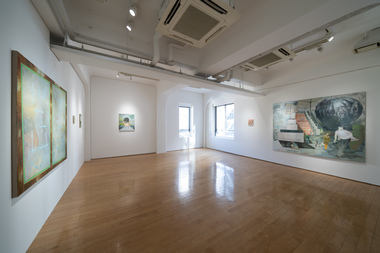
TANAKA Shusuke
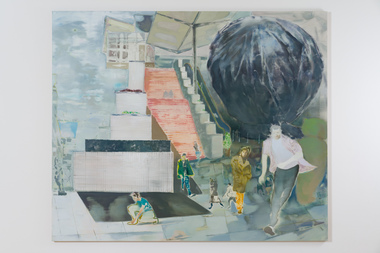
TANAKA Shusuke Peace
2020
Oil on canvas
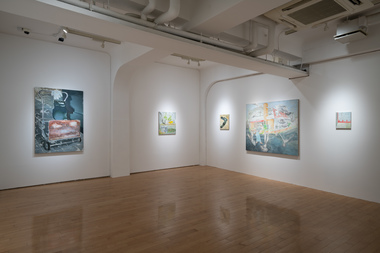
TANAKA Shusuke
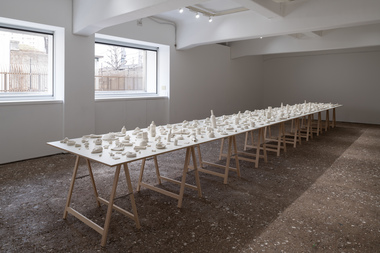
HIROSE Nana & NAGATANI Kazuma Still life
2013-
Porcelain, Dimension variable
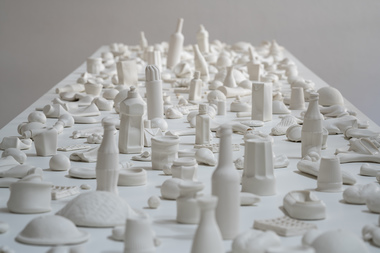
HIROSE Nana & NAGATANI Kazuma Still life
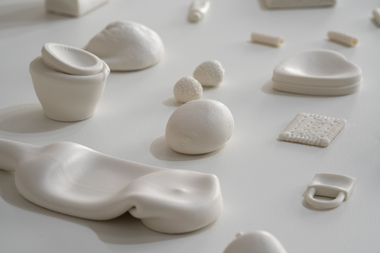
HIROSE Nana & NAGATANI Kazuma Still life
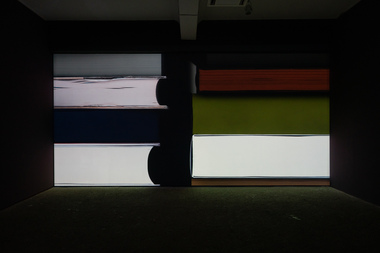
WATANABE Go the towers (lights are books)
2019-2020
Animation (double channel), 30'
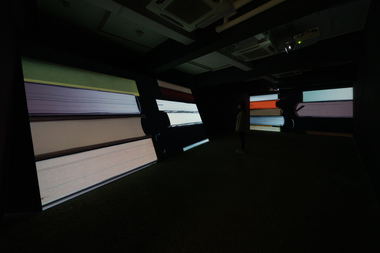
WATANABE Go the towers (lights are books)
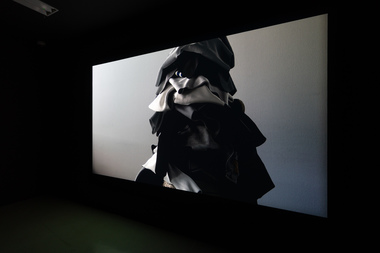
WATANABE Go jumbled mountain
2016
Animation, 24'
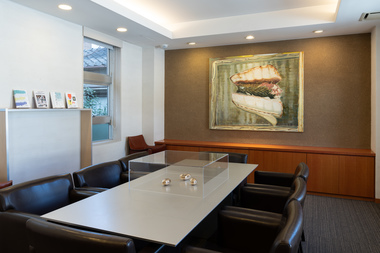
Installation view at the lounge room
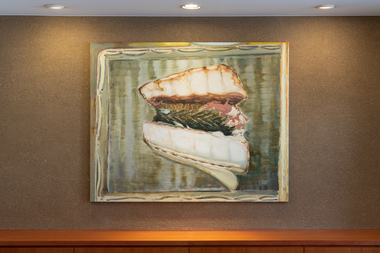
TANAKA Shusuke Grilled fish shape
2019
Oil on canvas
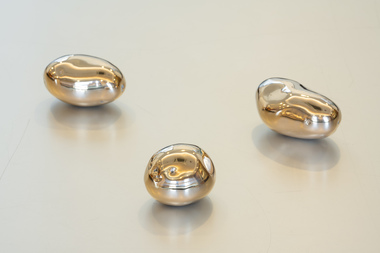
HIROSE Nana & NAGATANI Kazuma Kartoffel
2015
Bronze
Related Event
"Stasis Field" Artist's Talk
| Date | 2020年2月22日(Sat)16:30 - 18:00 |
|---|---|
| Venue | Tokyo Arts and Space Hongo |
| Participants | TANAKA Shusuke HIROSE Nana & NAGATANI Kazuma WATANABE Go |
| Admission Free / No booking required / Available only in Japanese |




